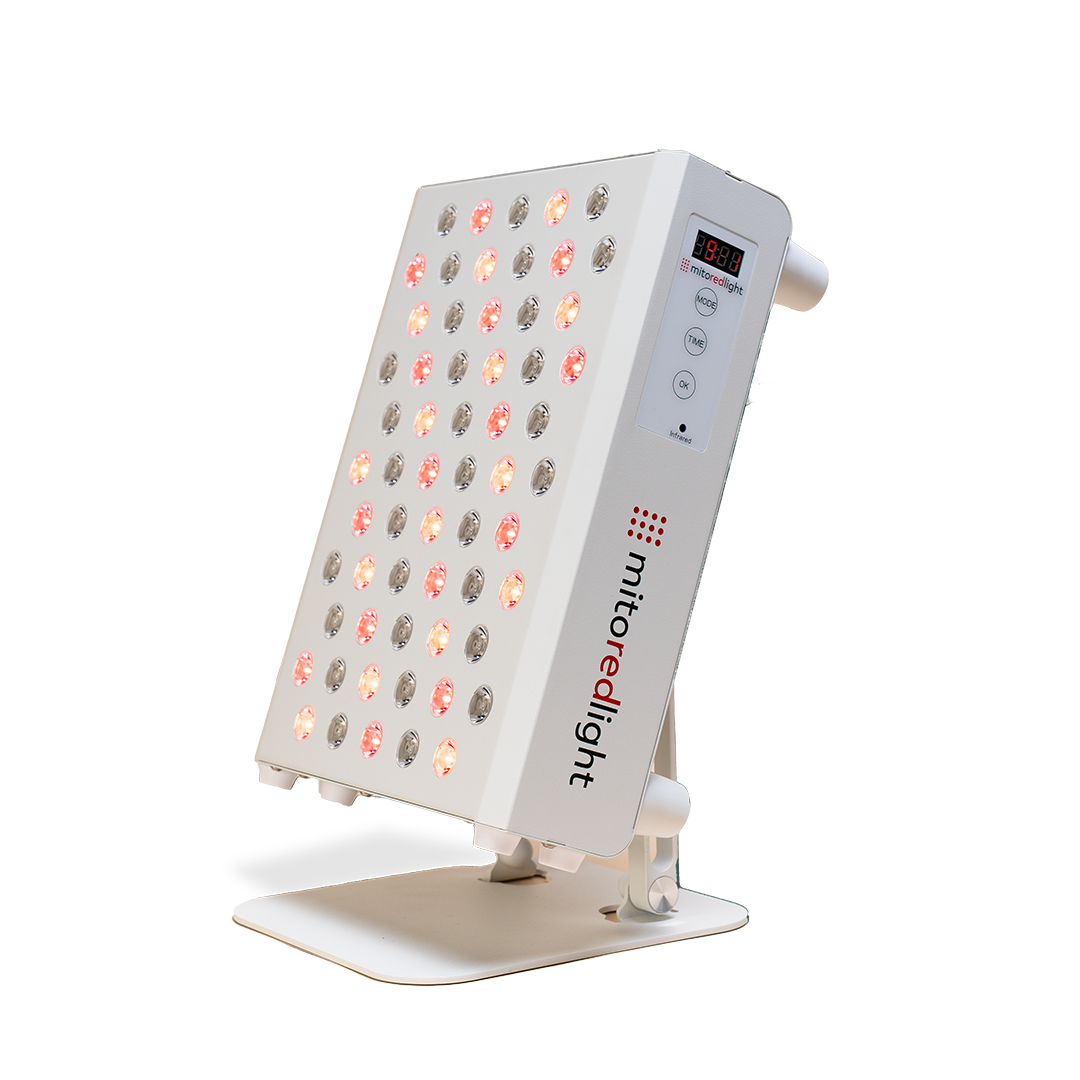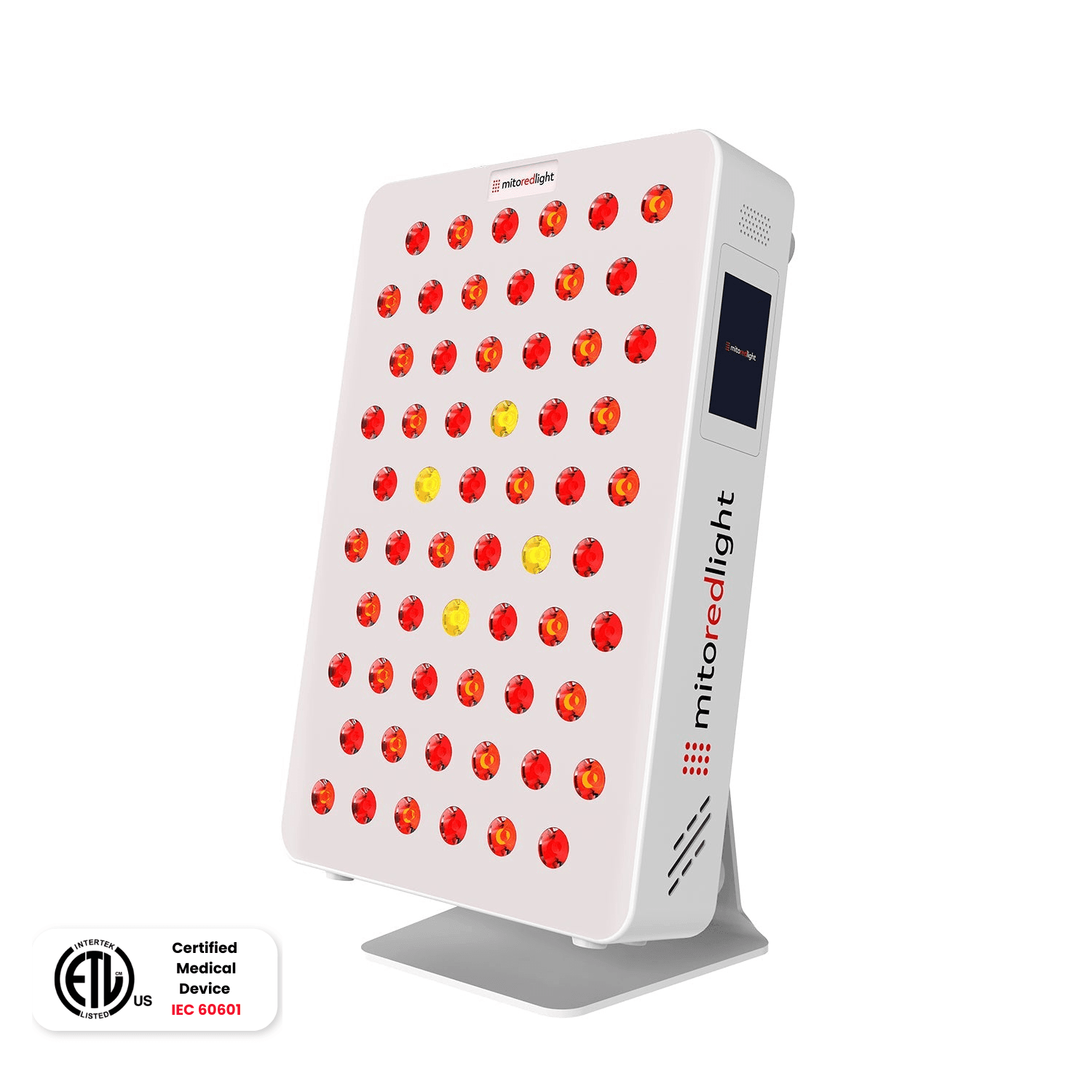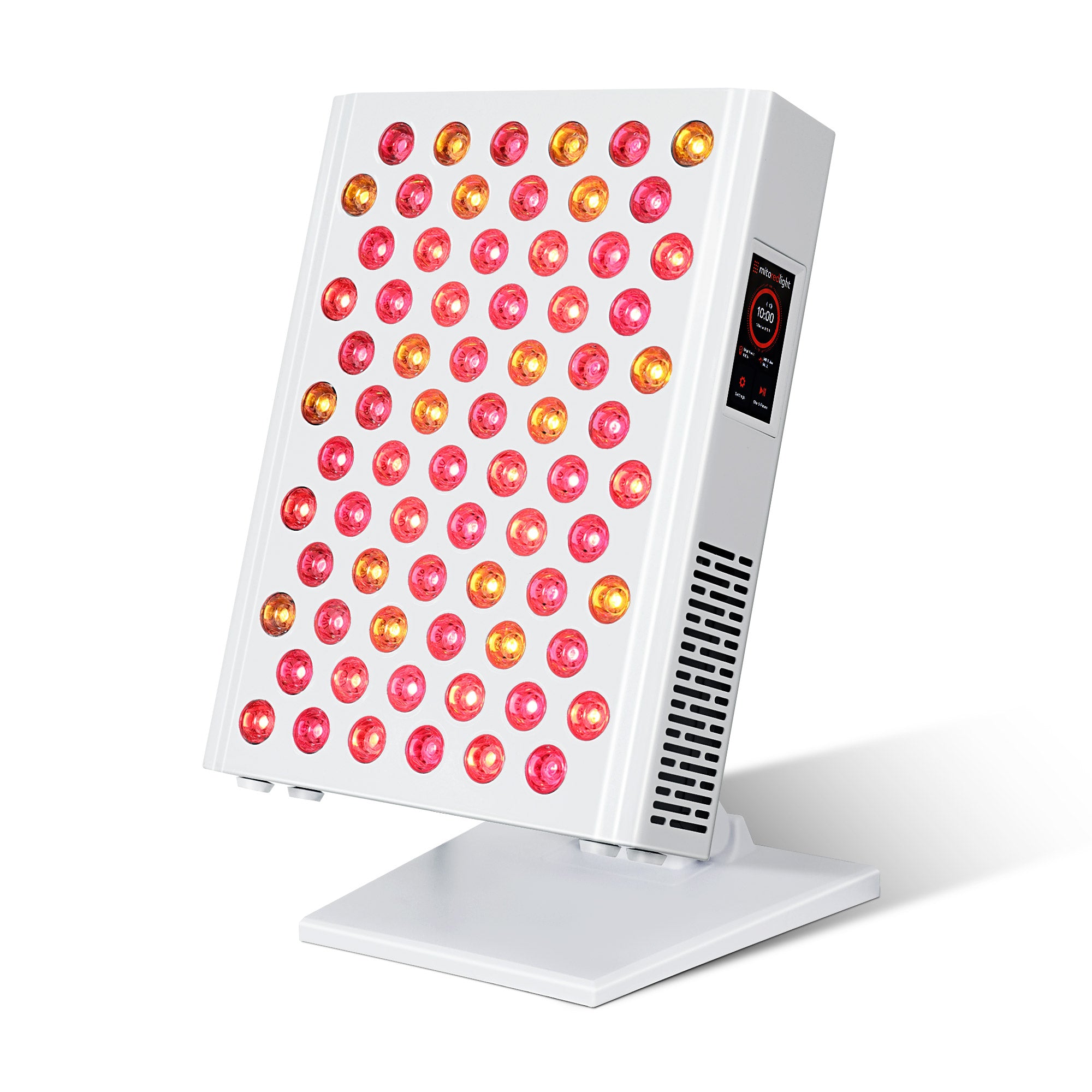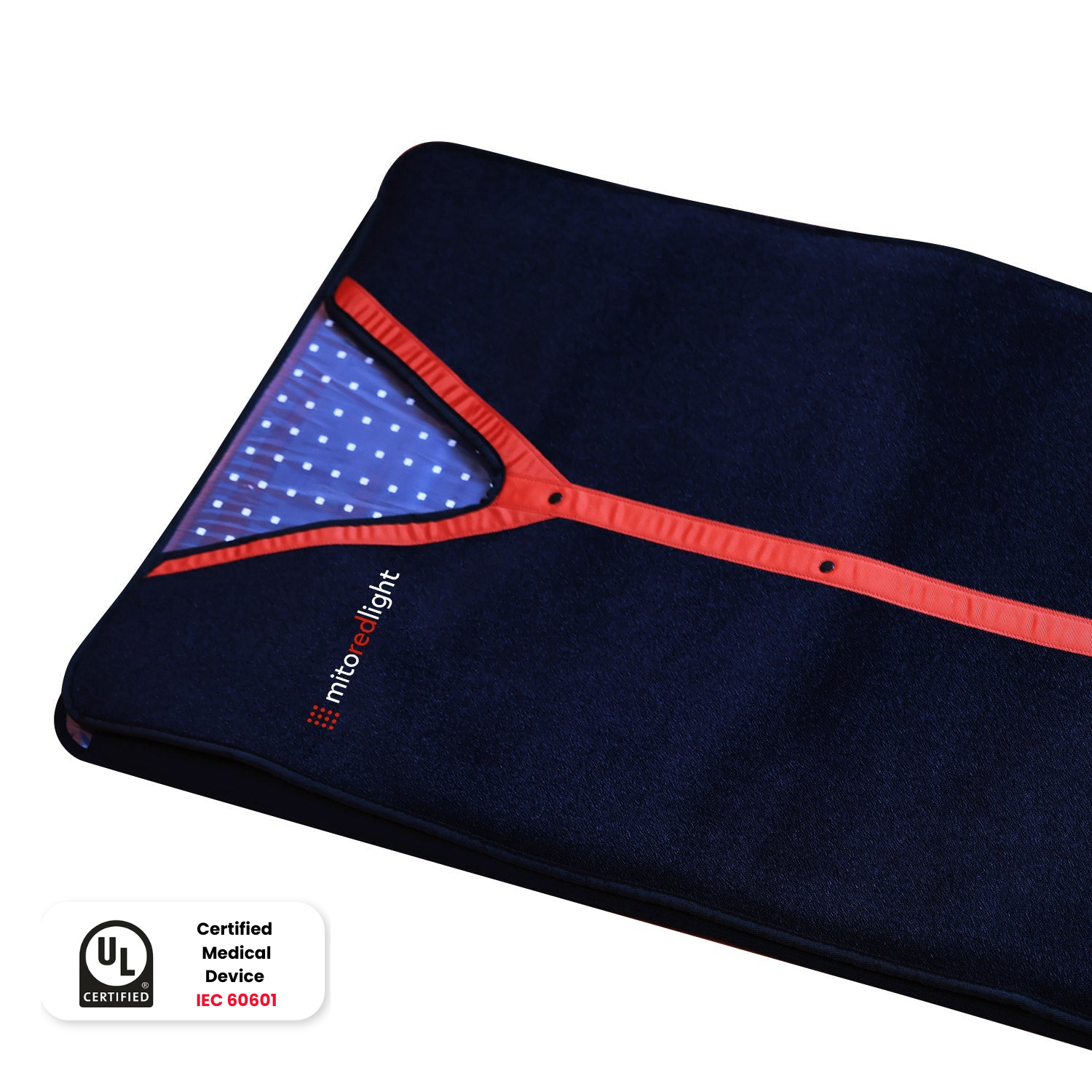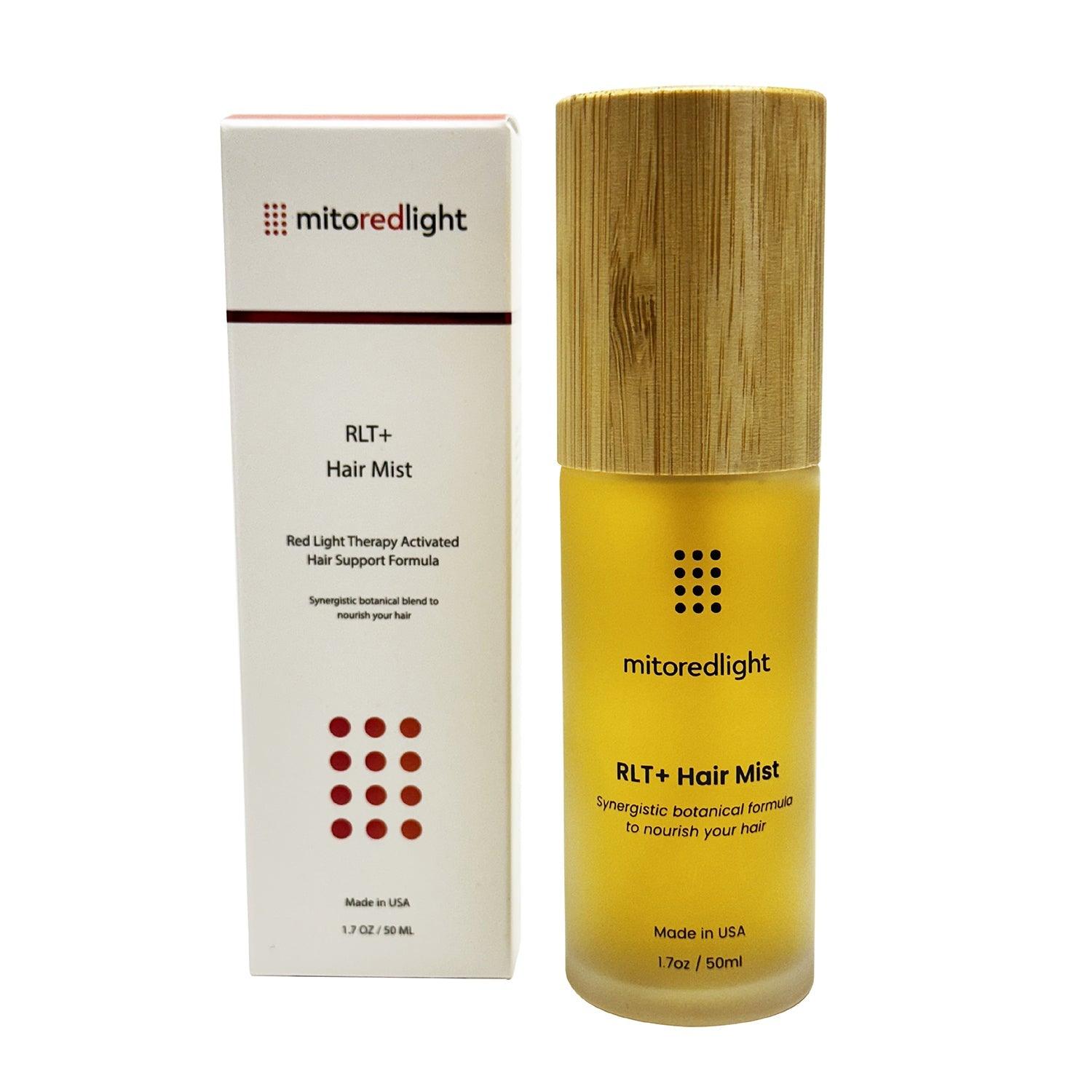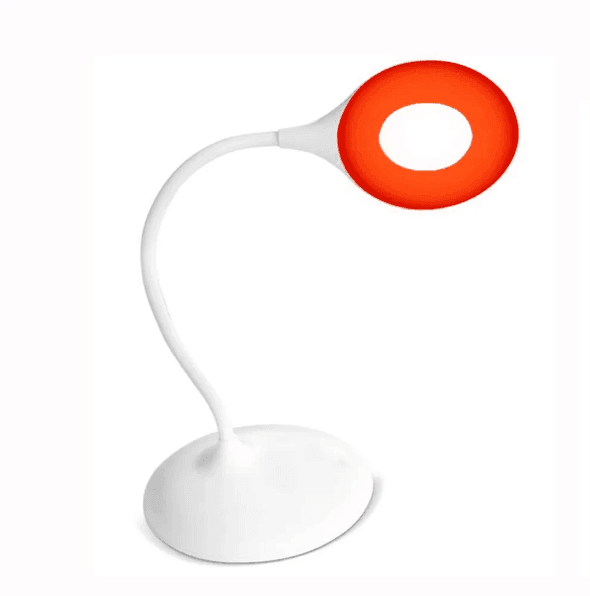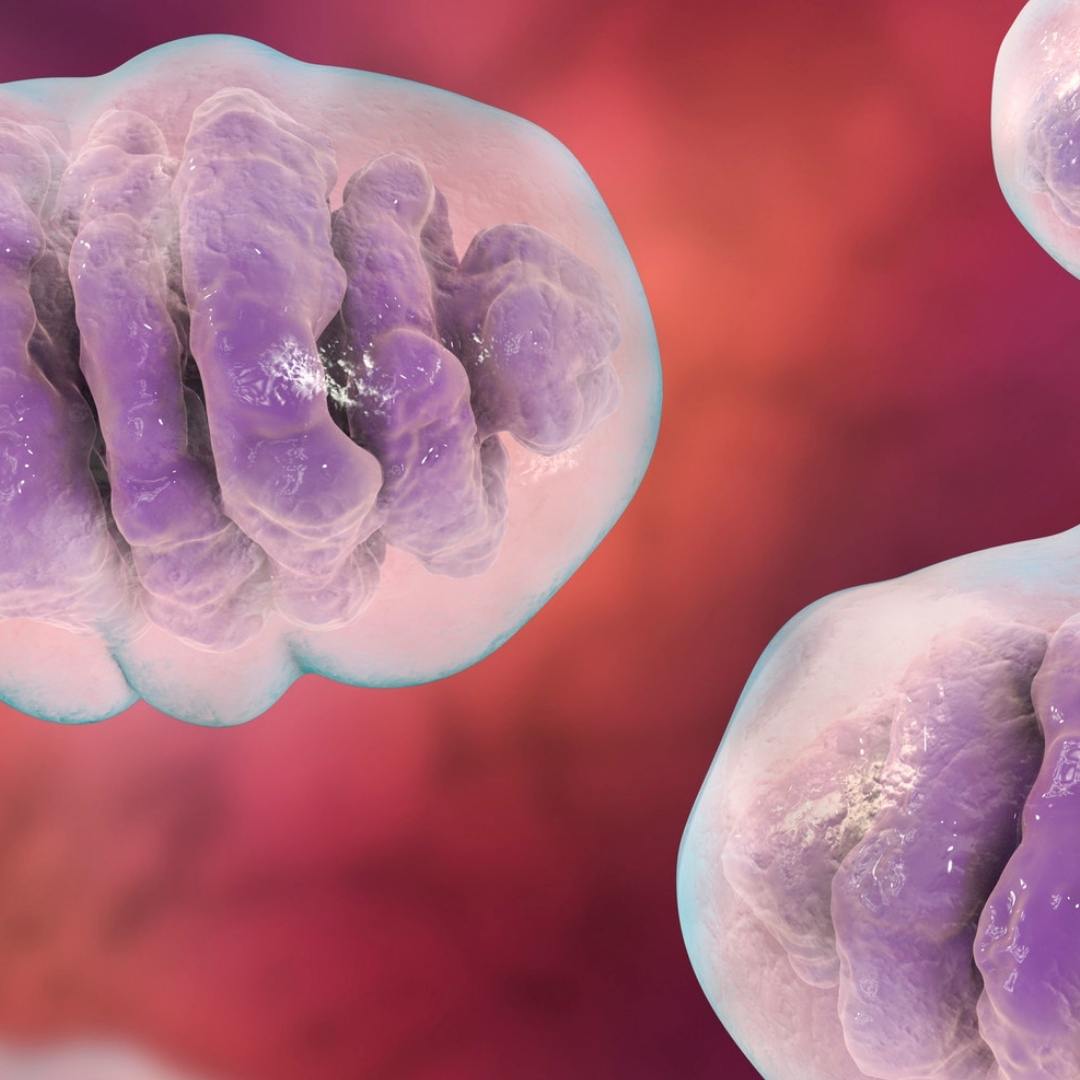DISCLAIMER: Mito Red Light devices are Class II wellness devices aimed at affecting the body through topical heating and supporting cellular function. The information provided in this article and on this site is for educational purposes only and is not intended to imply effectiveness of Mito Red Light devices for any specific application. The information provided in this article and on this site is not intended to diagnose, treat, cure, or prevent any disease, is not a substitute for consultation with a licensed medical provider and should not be construed as medical advice. Click here to read our article on potential contraindications of red light therapy..
Table of Contents
- How Do Joints Work?
- Common Joint Problems
- Osteoarthritis
- Rheumatoid Arthritis
- Injury
- Other Joint Problems
- Tips for Optimal Joint Health
- Red Light Therapy
Joint health ultimately affects almost every area of your well-being. Painful joints and joints that are more difficult to move can discourage you from being as active as you could be. In severe cases, illnesses affecting the joints make you significantly more sedentary. Additionally, joint problems can be plain uncomfortable and bothersome, keeping you from living the lifestyle that you want to live.
A lifestyle with more movement is known to be healthier for you in many ways. Some of the benefits of a lifestyle with more motion include:
- Reduced stress and anxiety
- Reduced depression
- Improved sleep
- Improved thinking and cognition
- Improved weight
- Decreased risk of heart disease
- Decreased risk of diabetes
- Improved quality of life
- Decreased risk of certain cancers
- Stronger bones and muscles
- Reduced risk of falls and injuries
- Improved lifespan
All of these potential benefits can be inhibited by poor joint health, and maintaining optimal joint health is essential.
How Do Joints Work?
Joints are parts of the body where two or more bones meet that allow movement. While joints may seem relatively simple, they are quite complex. There are multiple types of joints that allow different types of movement. Hinge joints such as the elbows and finger joints, for example, can only bend in an open and closed type of motion. Ball and socket joints, such as the hip and shoulder, allow much more movement in almost every direction possible.
Joints include many different components. Movement in joints occurs because of the contraction and relaxation of muscles that connect bones via tendons. Cartilage plays an important role in joints, covering the ends of the bones that are part of the joint. Cartilage reduces friction in the joint, allowing the ends of the bones to slide freely across each other without rubbing. Friction is further reduced by synovial fluid, a fluid that lines the joints and lubricates the cartilage.
Common Joint Problems

Joints are essential to allowing movement but can develop problems or diseases that inhibit the movement they allow. Joint problems are typically experienced either as the result of an injury or because of a medical condition.
Osteoarthritis
Osteoarthritis is a joint condition that occurs when the lining of a joint is worn down. Joints are lined with cartilage and synovial fluid that allows the bones of the joint to slide across each other without friction. In osteoarthritis, this lining is worn down until eventually the bones are rubbing against each other. This causes pain and makes the movement of the joint more stiff and painful.
Rheumatoid Arthritis
Rheumatoid arthritis is another common joint disease. This condition occurs because the body’s immune system attacks the lining of certain joints. Rheumatoid arthritis leads to swelling, warmth, and pain in the joints it affects. It also can affect the shape of the bones in the joint over time, causing the joint to become deformed.
Injury

Joint injuries are relatively common in athletic individuals and occur when someone overuses a joint or puts too much strain on a joint. These types of joint injuries are typically due to tearing of the ligaments or tendons in the joint itself and are referred to as sprains or strains. These tears are often microscopic, healing on their own over time. They may, however, be larger and could even require surgery to heal. While joint injuries are often caused by someone who is doing a workout that is too intense, they can also be common in individuals who are overweight and have more constant stress on their joints.
Other Joint Problems
While osteoarthritis, rheumatoid arthritis, and injuries are some of the most common joint problems that exist, there are many other potential joint problems. These include gout, a build-up of a hard crystal within the joint itself, joint infections where the synovial fluid becomes infected, and many other conditions that specifically affect the joints.
Tips for Optimal Joint Health
Optimizing your joint health is an important priority for people who wish to have an active and pain-free lifestyle. By following the best joint health practices, you can improve how well your joints function while also improving joint comfort.
- Pay attention to pain signals - Pain in your joints exists to tell you that something is wrong. If you are experiencing joint pain that has an obvious cause, adjust your activity to reduce strain on the joint. Joint pain without an obvious cause may indicate the need for medical treatment.
- Avoid repetitive motions - Motions that are repeated over and over again can cause strain on your joints. Changing up your exercise routine, using free weights instead of exercise machines, and changing how you perform a repetitive task are all examples of how you can avoid repetitive motions.
- Use good ergonomics - If you are lifting something heavy, bending at the knees and not the waist isn’t just a way to lift more easily, but will actually reduce strain on your back. By following good ergonomics, you can reduce overall strain on your joints and improve your joint health.
- Avoid strain - Your joints are able to handle a certain load. While it may be necessary to push your physical limits while exercising, overexerting your joints can lead to injury.
- Warm up before exercise - Warming up prior to exercising stretches muscles and increases blood flow. This increases their flexibility and reduces the risk of injuring the muscles that control movements in your joints.
- Avoid high-impact exercises - High-impact exercises are exercises that apply extra force to your joints because of the impact that they cause. Examples of high-impact exercises include running, jumping jacks, and jogging in place. Examples of low-impact exercises that can be better for joint health could include swimming, yoga, or cycling.
- Anti-inflammatory diet - Your joints are particularly susceptible to inflammation and the pain that inflammation can cause. Avoiding inflammatory foods such as sugary foods, red meats, and refined carbs can help decrease inflammation and promote your overall joint health.
- Exercise regularly - Using your joints helps to keep them healthy. Your joints are designed to move, and regular exercise can help improve their function. Exercise also increases your strength, protecting your joints from injury and further improving their function.
- Get sleep - Research shows that high-quality sleep helps to reduce joint inflammation and improve joint pain. Ensuring that you get at least 7-8 hours of sleep each night can help your overall joint health.
- Stop smoking - Smoking has been shown to affect joint health, decreasing the density of your bones and increasing your risk of joint disease. While there are many good reasons to quit smoking, improving your joint health is definitively one of them.
- Lose weight - Gaining weight can occur slowly and almost imperceptibly but has a huge impact on joint health. Extra weight has to be carried by your body every time you stand up and move. This puts almost constant extra strain on your joints that you may not even notice, especially on your knees. Losing weight can have a significant impact on your joint health.
- Functional footwear - The alignment and function of every joint in your body ultimately depend on how your feet stand on the ground and the way they absorb impact while walking. If you wear a high heel, for example, it extends your ankle, which in turn flexes your knee, which in turn changes how you hold your hips, putting strain on each joint and your low back, especially while walking. Wearing functional footwear will help reduce joint strain.
- Stretch - Regularly stretching or using exercises such as yoga that incorporate stretches into the exercise will help your joints to be more flexible and less susceptible to damage caused by straining.
Red Light Therapy
An innovative method of improving joint health is the use of red light therapy. Red light therapy is a NASA-developed technology that uses specific wavelengths of red and near-infrared light to improve certain aspects of health.
Research shows that these wavelengths of light act on small subcellular organs in each cell called mitochondria. Mitochondria play an important role in energy production and in suppressing inflammation. In much the same way that skin cells are stimulated to produce extra pigment when exposed to ultraviolet light, the action of mitochondria is thought to be enhanced with exposure to red light. Red light has a long wavelength when compared to other forms of light, allowing it to penetrate far deeper into the body and reach tissues like the tissues in joints.
Red light therapy is often used to promote joint health because of the anti-inflammatory effects that it has been shown to cause. Red light therapy can penetrate deep into the joints, and research has shown that it can improve joint pain and joint function.
Mito Red Light provides a variety of red light therapy products that are specifically designed to provide specific wavelengths of light that are thought to reduce joint pain and promote joint health. We welcome you to review our selection of high-quality products or to contact one of our expert representatives at +1 866-861-6486.
Related Articles:
- What Are Some Options For Joint Pain?
- Everything You Need to Know About Red Light Therapy and MUSCLE RECOVERY
- Everything You Need to Know About Red Light Therapy and INFLAMMATION
